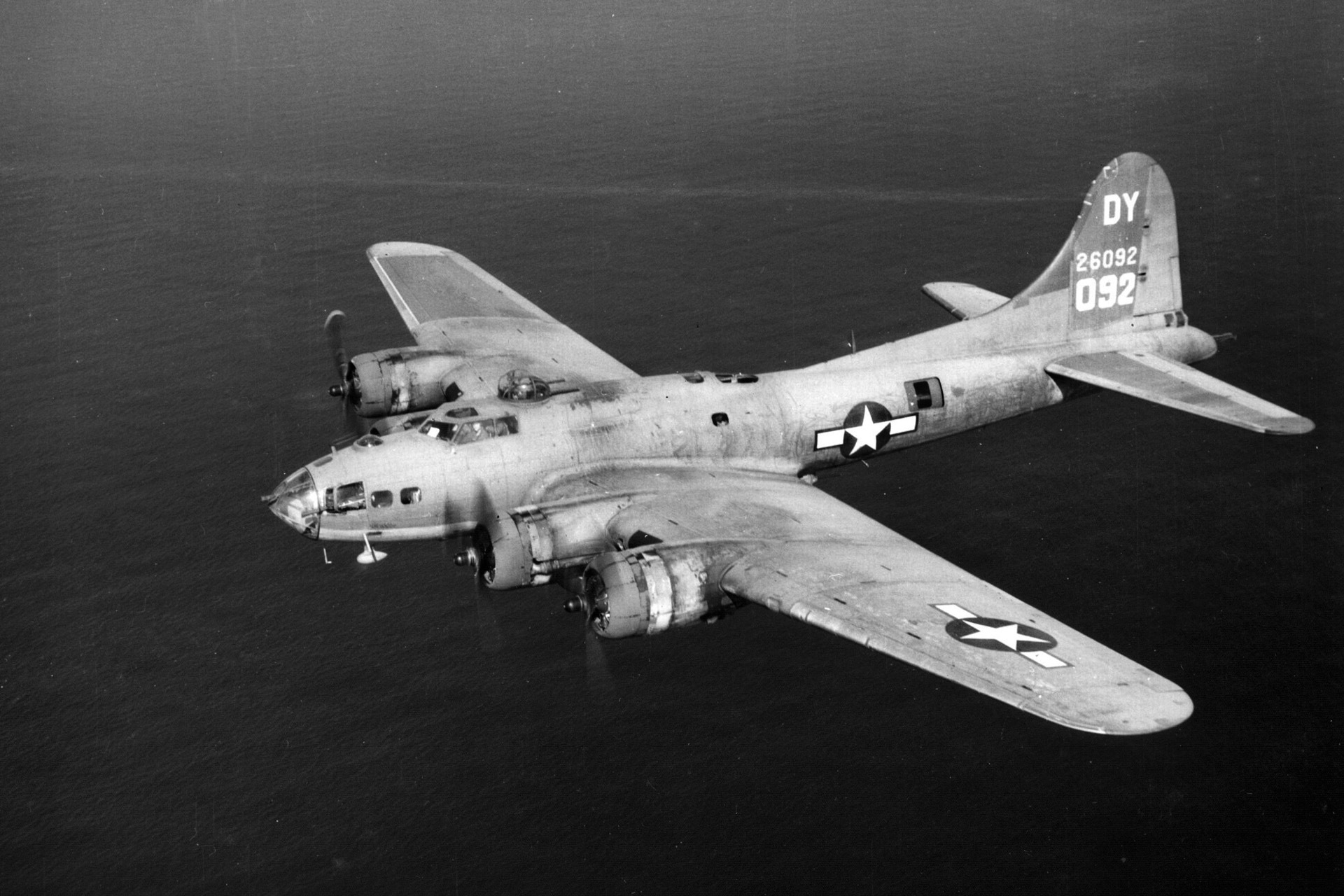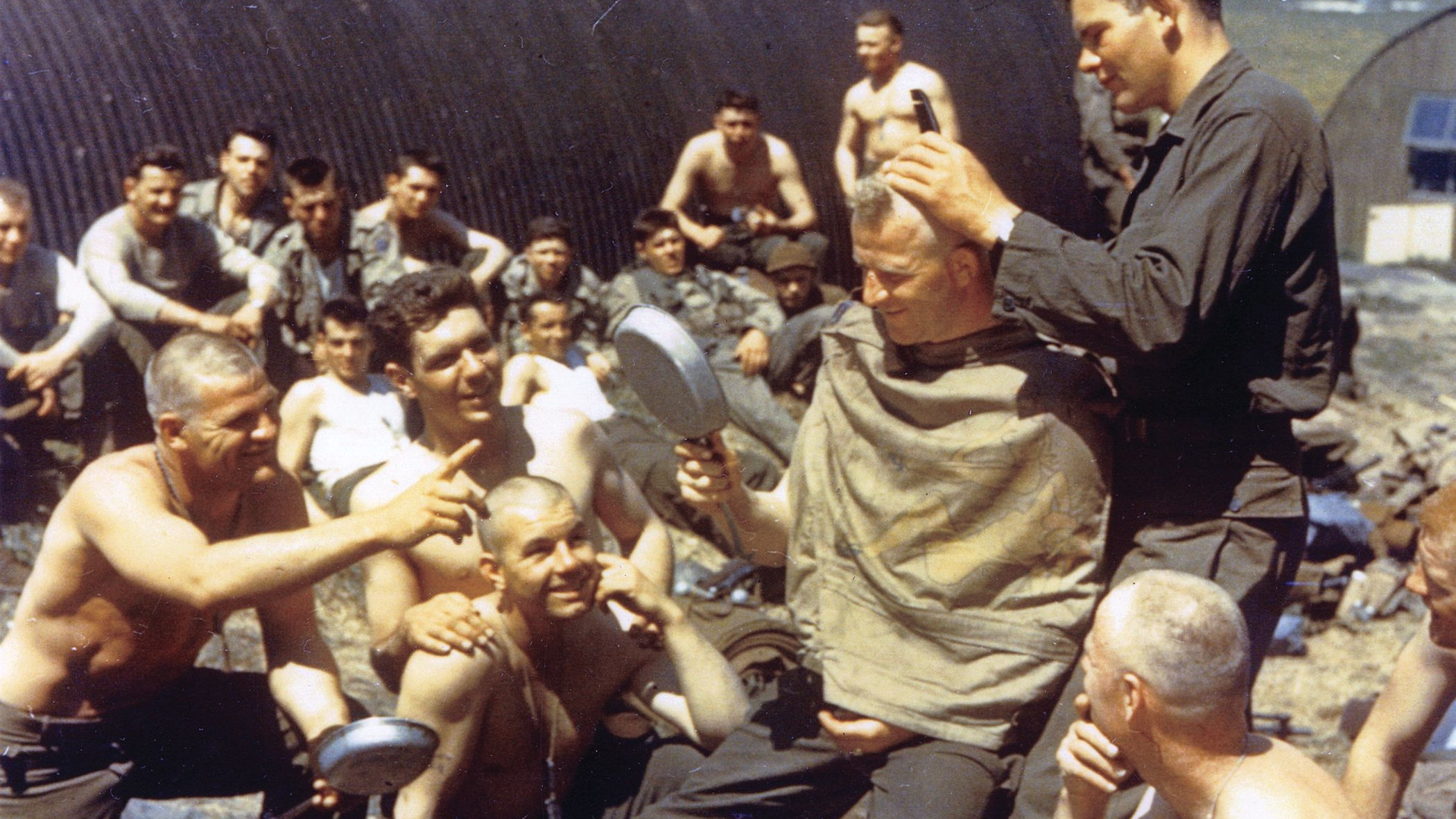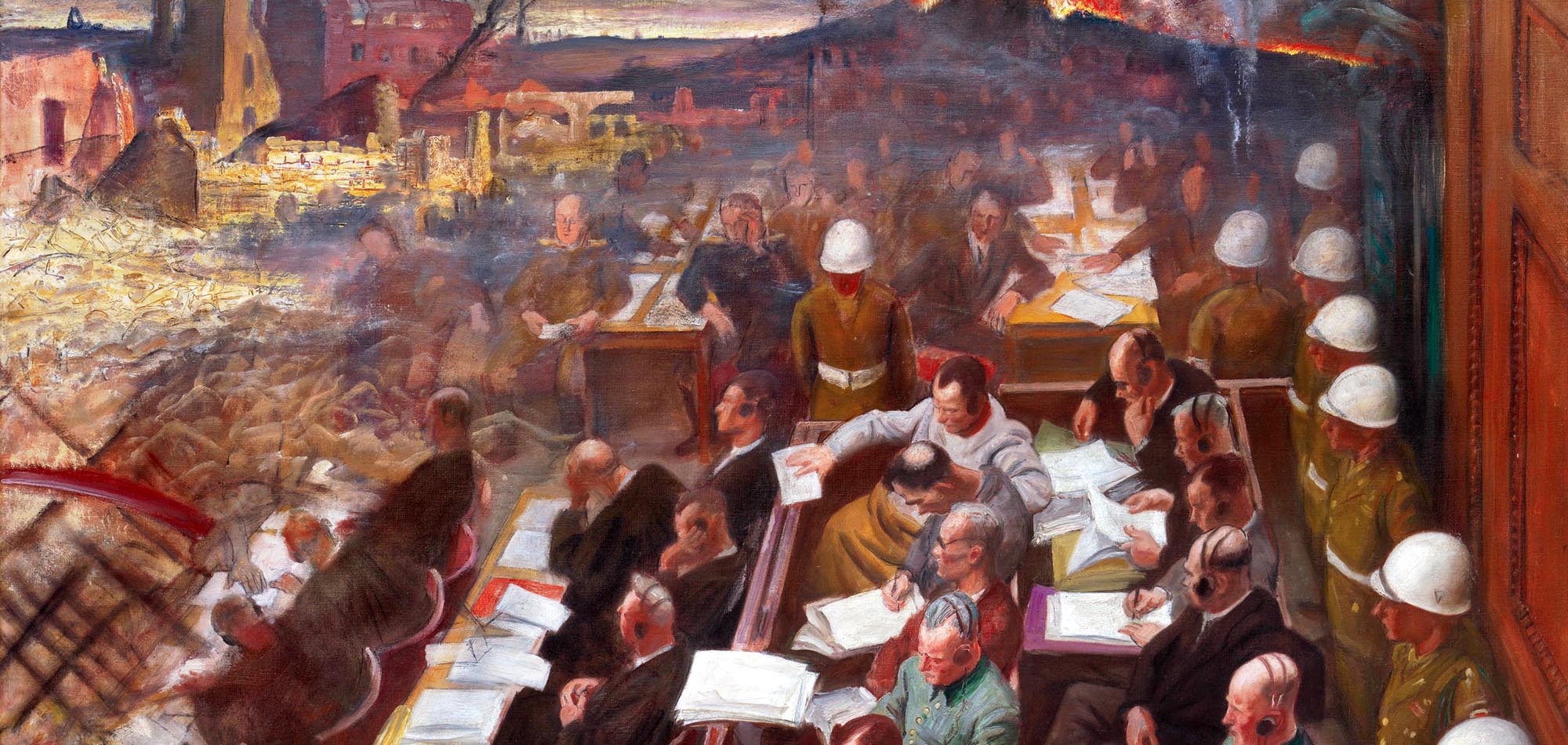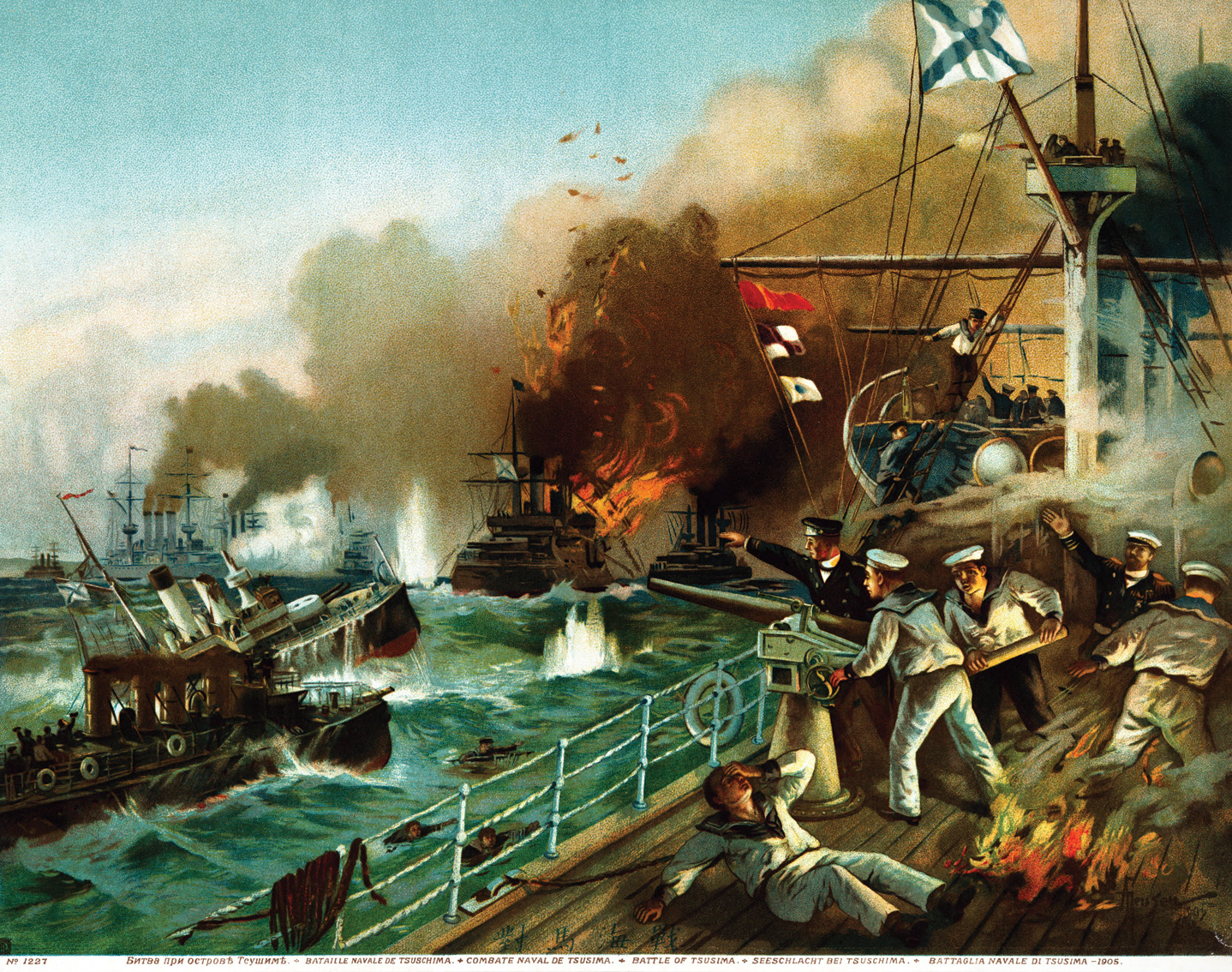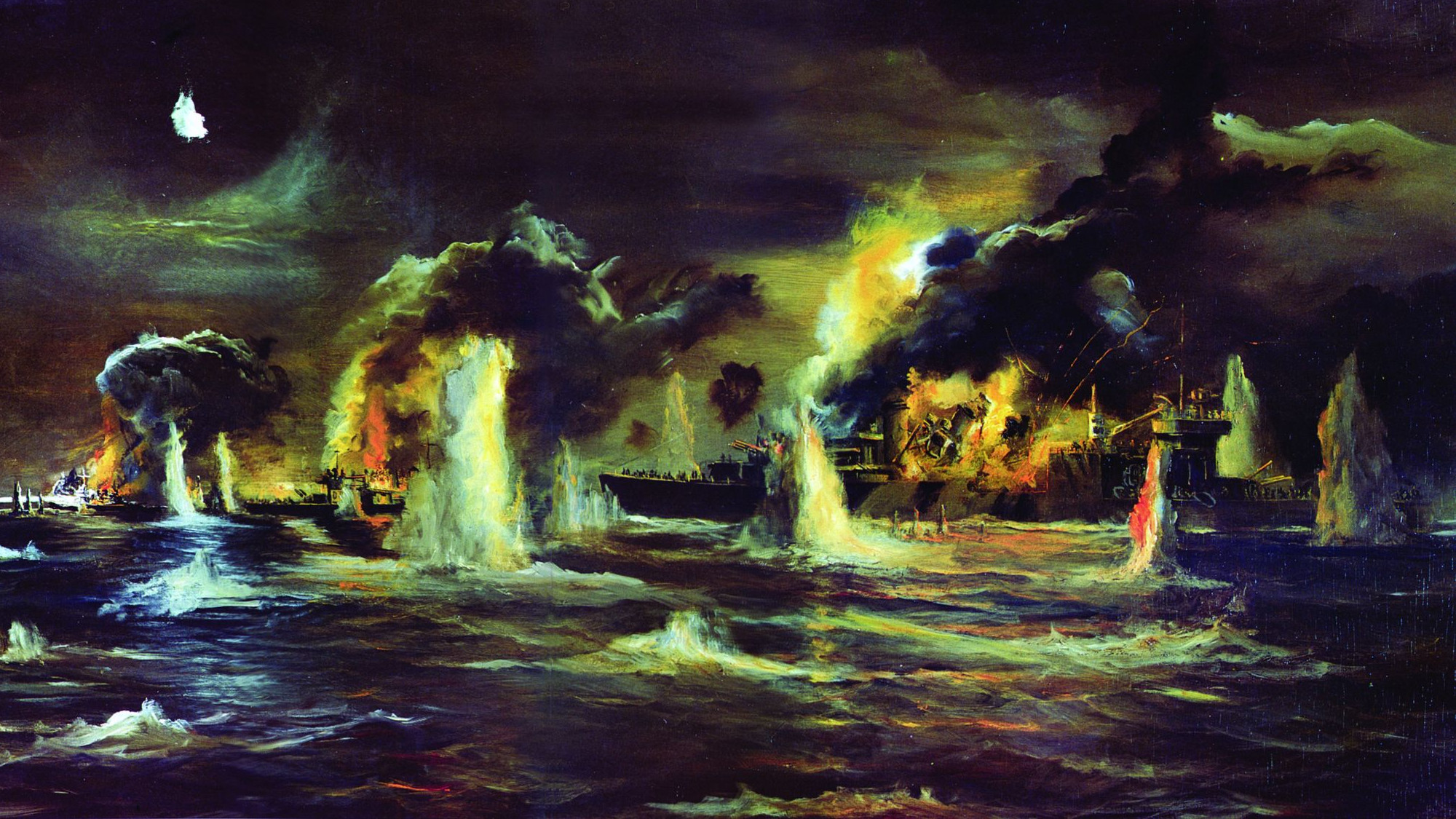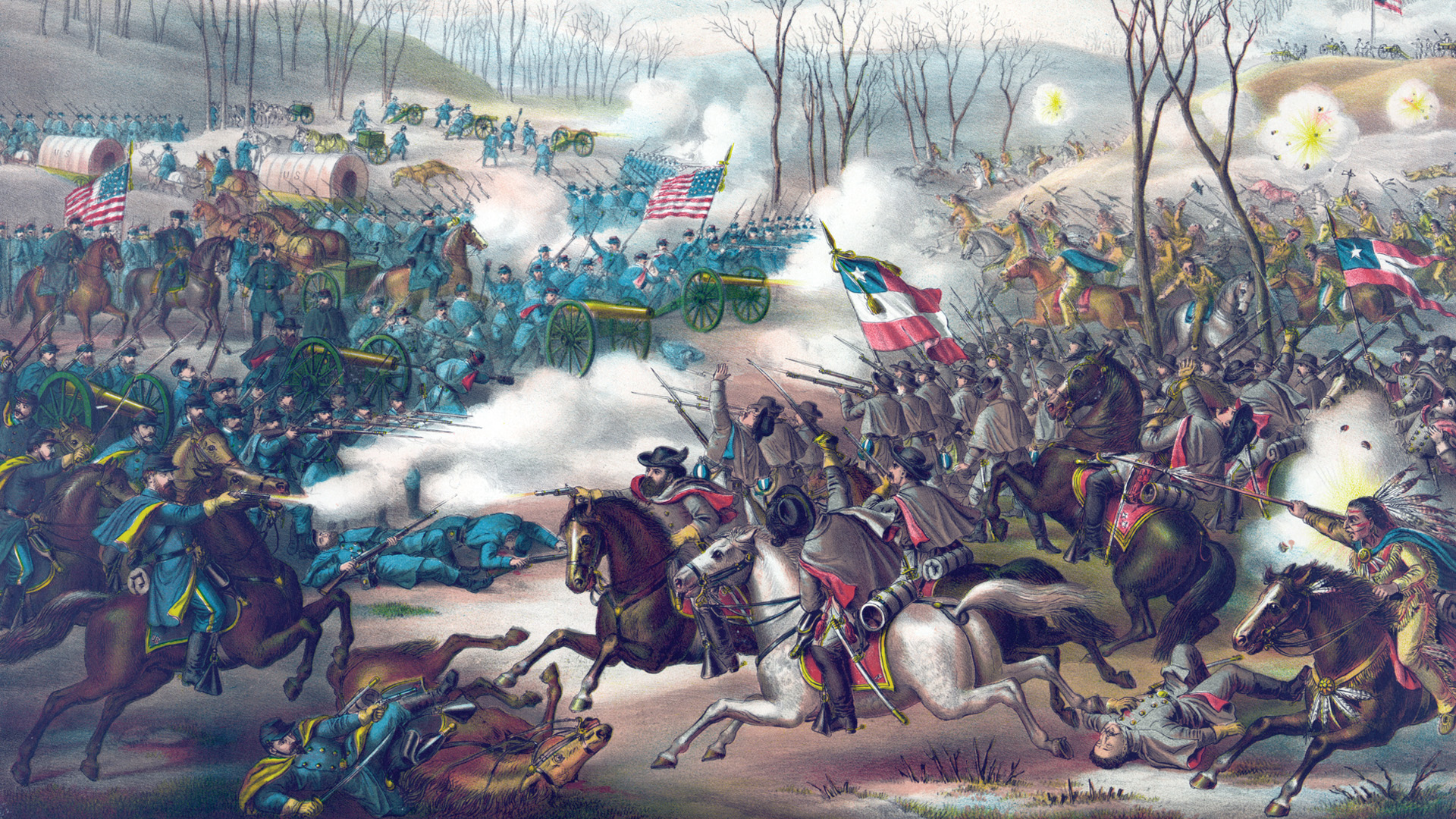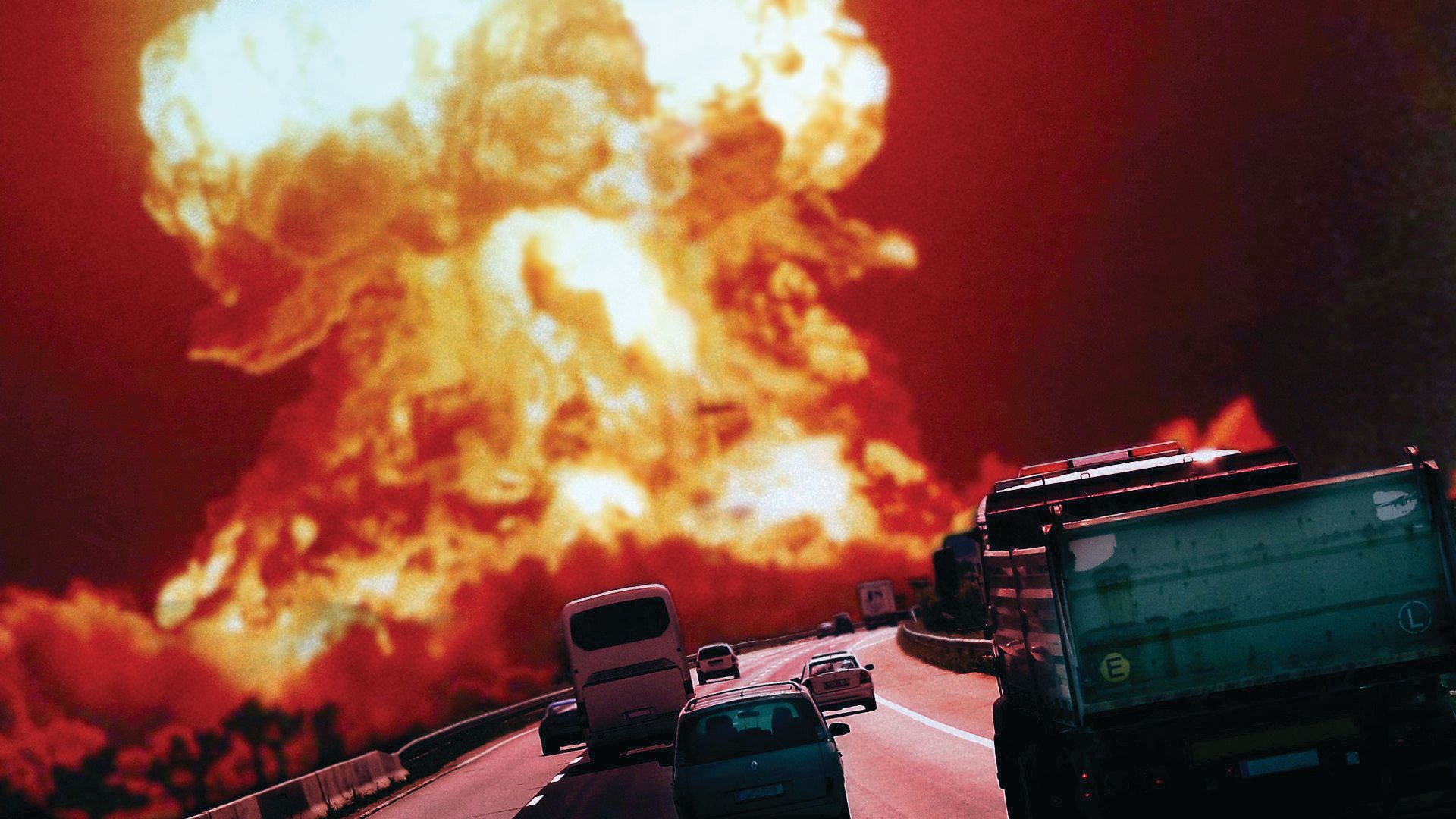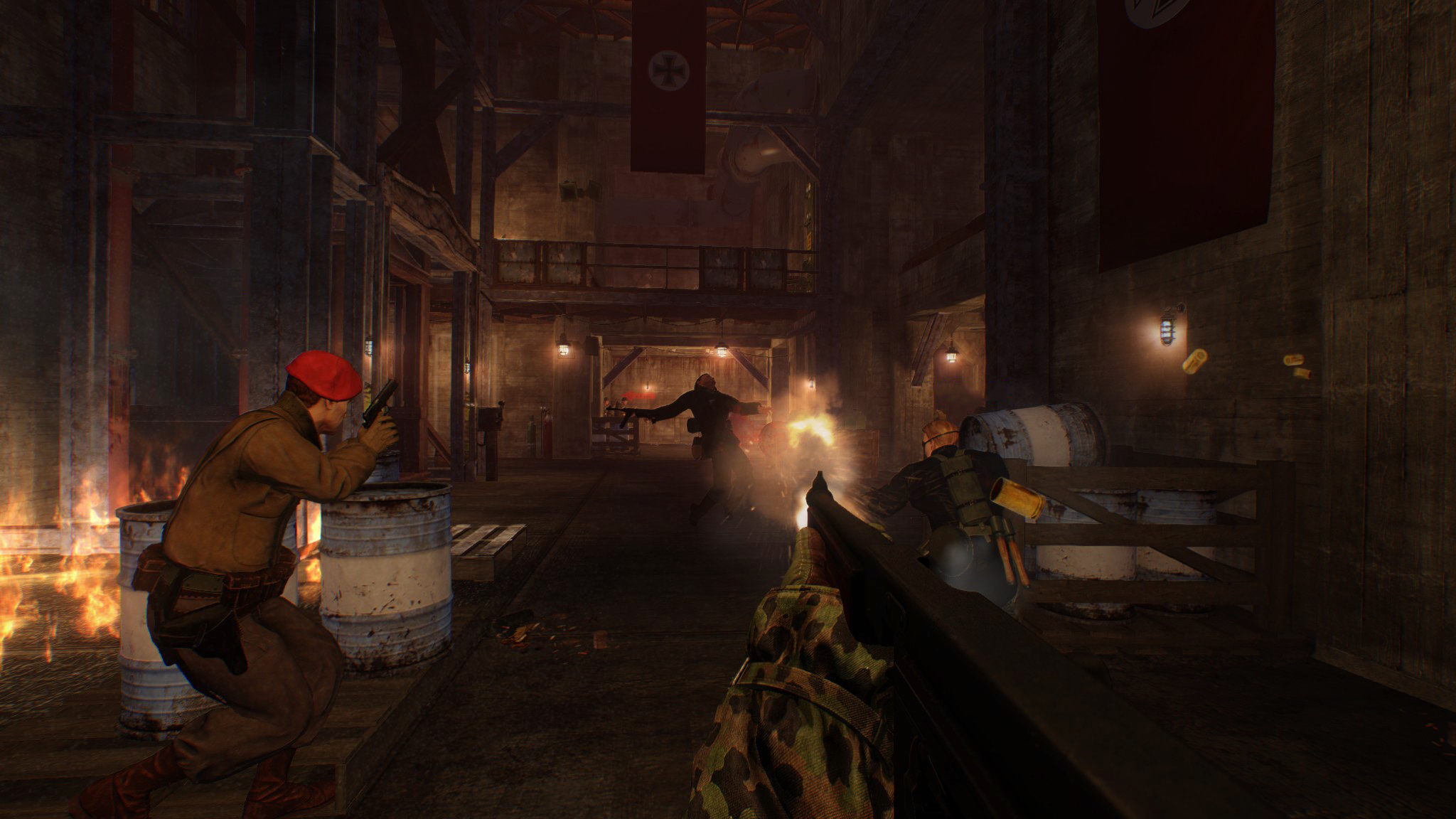By Phil Scearce
On December 1, 1942, a 431st Bomb Squadron Boeing B-17 Flying Fortress named Omar Khayyam – The Plastered Bastard took off from a base codenamed Cactus on a photo-reconnaissance mission toward enemy-held Bougainville Island in the Pacific.
Pilot Captain Willis Jacobs was in command for the 5:30 am flight with Lieutenant Stanley Sommers, co-pilot; Lieutenant William Jackimozyk, navigator; Lieutenant Clarence Johnson, bombardier; engineer Sergeant Dalos Tuffey; gunners Corporal Clair Grover, Corporal Ray
Lindamood, and Corporal Joseph Hartman; radio operator Sergeant Kino Hamalainen and his assistant, Pfc. Arthur Lamar; and a Navy photographer. Two months later, only one of these 11 men made it back to his base.
In late 1942, the 431st Bombardment Squadron, 11th Bomb Group flew in support of the U.S. Marines fighting for control of Guadalcanal in the southern Solomon Islands following their landings in August. The stakes were high: a Japanese victory would threaten Australia and New Zealand and sever supply and communication routes between the United States and her allies, while American success would establish a base for future operations against enemy positions to the northwest and put the Japanese on the defensive for the first time in World War II.
B-17 Flying Fortresses of the Seventh Air Force, 11th Bomb Group based in Hawaii flew more than 3,000 miles, staging from Oahu to Palmyra or Christmas Island, then Canton, and from there to Nandi Field on Fiji and finally to Efate in the New Hebrides. From Efate, codenamed Roses, the big bombers could reach Guadalcanal’s Henderson Field, codenamed Cactus, about 640 miles away, to gas up for strike missions and patrol flights. B-17s remained in the combat zone for days at a time before withdrawal to Roses or Espiritu Santo, which was known as Buttons.
At Espiritu Santo, the narrow American airstrip’s B-17 revetments were so tight that ground crewmen walked in front of the wingtips as aircraft taxied out, ready to warn the pilots if they got too close to the coconut trees crowding each side. Bottles filled with oil burned paper wicks to mark the sides of the runway, and the headlights of a Jeep shone at the end of the runway during early-morning takeoff runs. And at Espiritu Santo air crews rested while ground crews repaired damaged planes for the next venture into hostile territory.
The Japanese had been taken completely by surprise by the American landings on Guadalcanal, and the captured runway there strained the capability of American forces to make effective use of it. The airfield and its facilities were so primitive that when the S.S. Nira Luckenbach arrived in August with 3,000 drums of aviation fuel, the steel drums were dumped over the side of the ship, floated ashore in nets, and laboriously rolled into dispersed fuel dumps of 20 to 30 drums apiece. An early August 1942 B-17 mission required the strength of every available hand, including 11th Group Commander Colonel Laverne “Blondie” Saunders and Brigadier General William C. Rose, to work a bucket brigade for 20 exhausting hours in a relentless storm as they filled the tanks of the big bombers.
American control of the airstrip at Guadalcanal pushed Japanese air operations back to Rabaul on the northern tip of New Britain. The distance, 560 nautical miles away from the fight for Guadalcanal, forced Japanese pilots to operate at the limit of their range for the first critical weeks of the battle. A new staging base at Buin on the southeastern edge of Bougainville was ready for Japanese Mitsubishi Zero fighters in October 1942, and another would be ready on New Georgia before the end of the year. The new base at Buin meant that Zeros could fly from Rabaul to Buin, refuel, and patrol for American intruders like The Plastered Bastard.
On December 1, 1942, Captain Jacobs and crew were on the return trip to Cactus, cruising at 17,000 feet off the southern tip of Bougainville. The mission proceeded without incident until a half-dozen Zero fighters suddenly attacked the B-17. Corporal Glover in the ball turret opened fire along with Lindamood in the waist and Hartman in the tail, and two Zeros burst into flames and fell to the water more than three miles below. The remaining four Zeros left for home, and Captain Jacobs, his bomber and crew unhurt, steered east toward Choiseul Island.
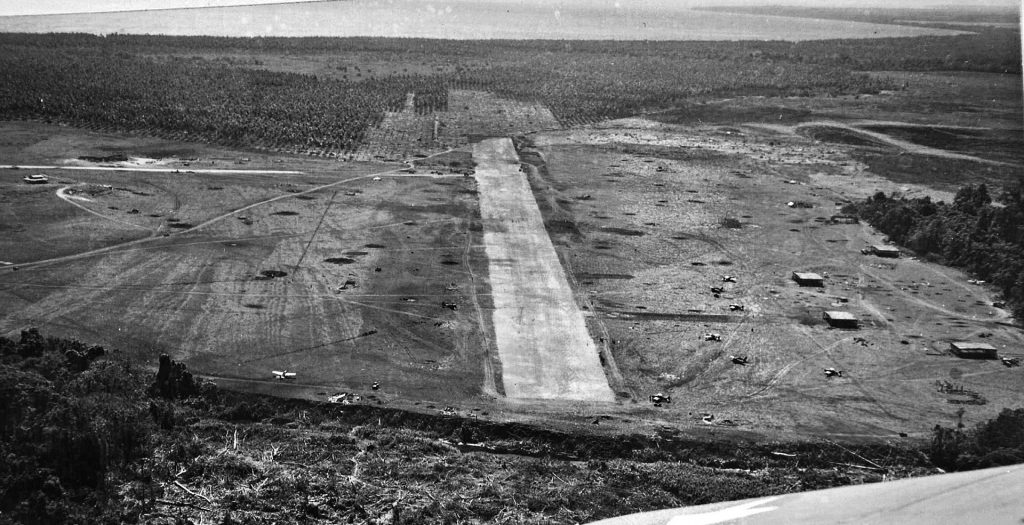
Near Choiseul, the Fortress was jumped by another group of Zero fighters. Once again the crew counted six, then another broke out of the clouds ahead, looming larger in the bomber’s cockpit windows as it approached head-on. The seventh Zero pilot, more aggressive than his comrades, dropped four aerial bombs. The bombs fell harmlessly, but the Zero sped forward as the B-17 also continued on course, its closing speed too fast for the bomber to take evasive action.
The Japanese plane slammed into the top of the B-17 behind the radio operator’s position, and the Flying Fortress immediately crumpled. The tail broke away from the main fuselage and fell gracefully while the forward section of the Boeing bomber and its Japanese adversary burst into flames and went down together. The American bomber’s tail section, with Corporal Joseph Hartman still at his gun position, rolled gently to the right and arced toward the earth as if still in flight.
But Corporal Hartman was unconscious, even if just momentarily, when critical seconds mattered. He recovered his senses and realized that he was the only occupant of the back half of a B-17, severed by collision with a Zero. The comforting sound of the B-17’s four engines singing in unison was replaced by the howl of wind rushing through the last piece of the plane still airborne, accelerating toward the sea.
Hartman grabbed the straps of his parachute and opened the rear hatch, struggling against the rush of wind. He pushed himself out of the hatch clear of the bomber’s severed tail and fell free. Safely away, he pulled his parachute rip cord. When the chest straps jerked violently against his body because he had not had time to adjust them properly, he blacked out again. He had only 2,000 more feet to fall.
Corporal Hartman recovered consciousness again as he descended under the canopy of his parachute. As he approached the water, he slipped the harness straps up his arms and dropped into the sea off the coast of Choiseul. He began swimming to shore, almost two football fields away. When he finally reached the shallow water off the beach and staggered ashore, he realized he was naked, his clothing somehow lost during his struggle.
Two dark-skinned natives approached, having watched the airman descend with his parachute. They had seen the crash of the “koluka bauku,” their native words for a boat that flies. They were friendly and spoke enough English to put Hartman at ease, and he went with them in an open boat, paddling to their village of Polo on the northwestern coast of the island.
At Polo, Corporal Hartman met the village leader and was treated well. He was given a simple garment to wrap around his waist and was treated for head wounds that the airman had hardly noticed. Hartman spent a week at Polo while a courier was dispatched to a mountain in the island’s north. There, an Australian coastwatcher operated a clandestine radio station overlooking Bougainville Strait.
Coastwatchers operated behind enemy lines in the Solomons. These men, mostly Australians or New Zealanders, watched Japanese troop and ship movements and spotted Japanese aircraft on their way to attack American positions to the south and east. The intelligence they gathered and reported by radio allowed American forces to prepare a reception for the approaching enemy, getting ships under way and to battle stations, scrambling their fighters, and manning their antiaircraft guns. Radio reports from Choiseul provided critical advance warning to the Americans fighting for control of the Solomons.
When the native courier returned, Hartman was led along jungle paths into the island interior. He was anxious, uncertain whether the men who led him could be trusted absolutely. His feet were cut and painfully sore, unaccustomed to the barefooted punishment of his uphill, muddy trek. His shoes had been lost in the fall from his plane or during his swim to shore.
After three days’ travel, Hartman was brought to the coastwatcher. Hartman learned from him that Japanese troops were just a few miles away, and together they discussed the prospects and difficulties of Hartman’s return to his base. After three weeks, the natives warned the two men that their position was no longer safe. Hartman and the coastwatcher removed themselves into the jungle until the danger of Japanese detection passed.
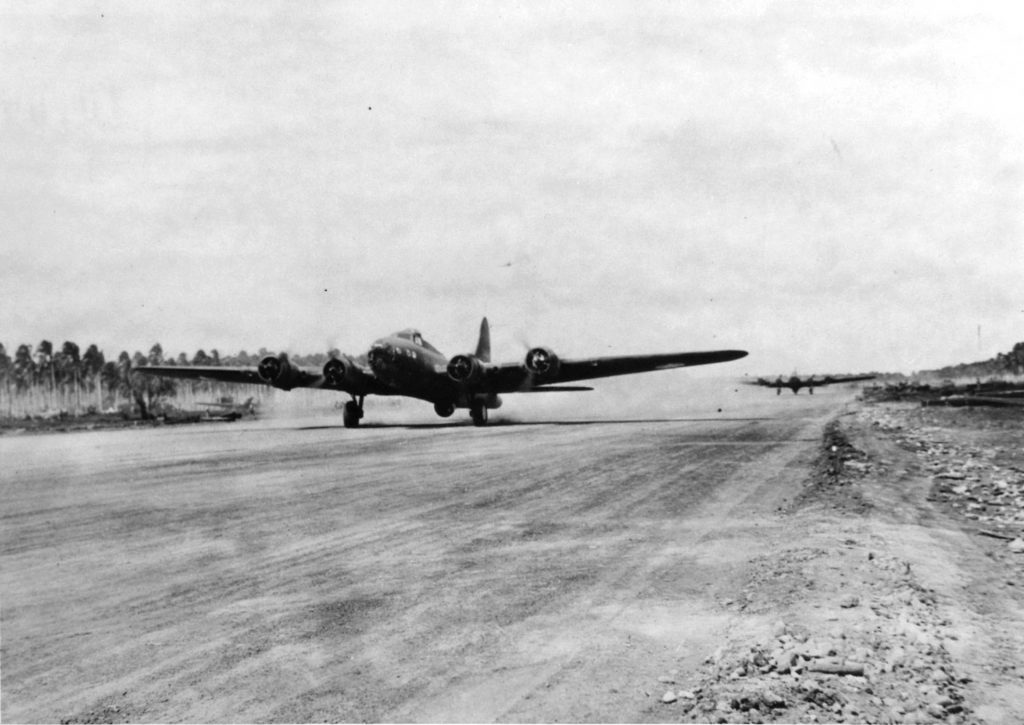
Corporal Joseph Hartman’s stay on Choiseul extended into six weeks. While there, the American aviator was visited by curious natives. He hunted and fished with them and ate the island’s fruits and vegetables, fish, birds, and “flying foxes”—the island’s papauku, fruit bats. He lived as the natives lived, awaiting a plan and an opportunity to return to his squadron. He tolerated the high-pitched call of the bats, the exotic sounds of the island’s birds, and during the night he suffered the strange music of Choiseul’s noisy, diverse insect population. Hartman’s island life was interrupted only once by the enemy, when a Japanese fighter pilot was led into the village. Hartman and the Japanese pilot, adversaries in the air, met in a strange encounter on the ground. Both men had survived the loss of their aircraft and both were led by the island’s natives to that place, at that time.
The Japanese aviator had been fooled by the natives to waste the ammunition of his pistol shooting at birds, ostensibly for food, and was led unhappily to the coastwatcher. Later, 431st Bomb Squadron records would state that “an exceedingly informal and one-sided trial” resulted in the execution of the Japanese pilot.
The death of a Japanese soldier presented opportunity for Choiseul’s natives, as they would set upon the dead man, removing his shoes and clothing, searching his pockets and belt for anything of value. When the Japanese later withdrew from Choiseul, villagers celebrated with a feast that included a mock hunt for Japanese soldiers. When the islanders “found” the natives dressed in Japanese uniforms, they opened fire with blank rounds, and the men playing Japanese soldiers dutifully fell, violently convulsing and twitching as they feigned death and the victors rushed at them to loot their bodies.
Corporal Hartman wanted desperately to return to his countrymen. Choiseul’s natives agreed to deliver him down the southern coast of the island, along the hotly contested Solomon Islands waterway known as “the Slot.” Hartman’s native boatmen would leave under the light of the next waxing moon, moving stealthily low in the water with the black islands behind them. The moon’s light would aid their navigation and warn them of enemy warships in deeper water beyond.
The Slot, a nickname for New Georgia Sound, was so-called because of its geographic shape through the middle of the Solomon Islands. The Slot was home to the “Cactus Express,” the American term for nighttime submarine and destroyer efforts of the Japanese Navy to reinforce positions opposing American forces on Guadalcanal. Under cover of darkness, the Japanese attempted to put men and supplies ashore on the northwestern tip of Guadalcanal at Cape Esperance. American newspapers referred to these clandestine movements as the “Tokyo Express,” and American soldiers adopted the term out of concern that references to “Cactus,” their codename for Guadalcanal, could put operations at security risk. Japanese vessels operating in the darkness of the Slot were a menacing threat for Corporal Hartman and the men attempting to deliver him.
On January 13, 1943, the group set out from Sasamungga along the New Georgia Sound with 21 men paddling a rough-hewn open boat, traveling only at night, passing countless dark and sinister, shot-up and abandoned enemy boats and barges. Off Santa Isabel Island, the spotlights of a Japanese warship danced across the waters of New Georgia Sound, and Corporal Hartman feared detection and the gunfire that would certainly follow. The natives and the American in their care had passed twelve anxious days and 225 miles on their journey, and now the sweep of a searchlight might bring Hartman’s desperate passage to a violent end. But the enemy warship moved on, failing to detect the natives and their lone American passenger.
The group remained at Santa Isabel for a week and a day. The next leg of the trip required crossing the sound rather than skirting its edges, so the risk of detection was greater. They waited until they thought there was a reduced threat of enemy action before heading south to Florida Island, the final step toward Guadalcanal and American forces. While they waited, Hartman’s escorts discovered an abandoned Japanese motor launch in good condition.
The natives readily took control of the abandoned boat, fired its engine, and drove Corporal Hartman to Tulagi. Hartman was impressed with the skill of the natives as they operated the motorized boat. Approaching Tulagi, the launch met an American PT boat, and Hartman was transferred to the U.S. Navy vessel. Hartman was relieved to be in American hands and grateful to his native guides, those who had so skillfully protected him and risked their lives to bring him home.
The PT boat delivered Corporal Hartman to Cactus, where he spent the night, his first in two months among his countrymen. The next morning he hopped a B-17 to Buttons, arriving on February 2, 1943. Hartman returned to his base and an uncertain future, 63 days after his ordeal had begun.
Author Phil Scearce has conducted extensive research on World War II in the Pacific. He resides in Murfreesboro, Tennessee.
